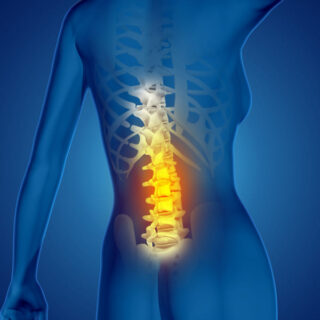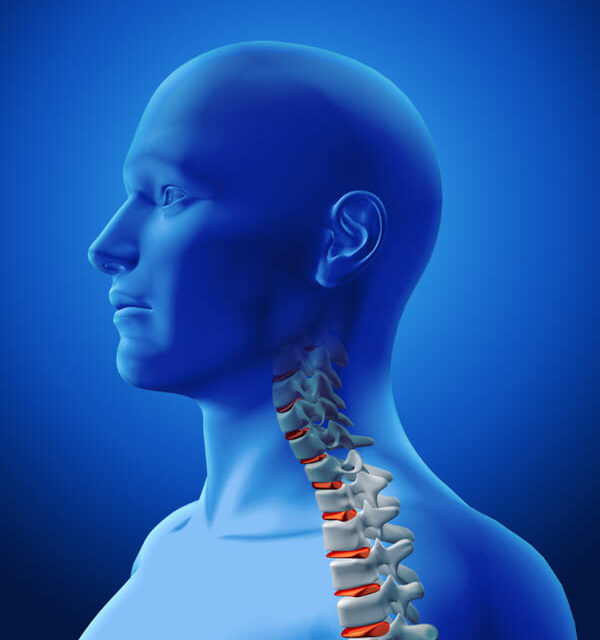Syringomyelia is a rare but severe condition that affects the spinal cord. It is characterised by forming a fluid-filled cyst, called a syrinx, within the spinal cord. This cyst can expand over time, causing damage to the spinal cord and leading to various symptoms. This article will explore the causes, symptoms, diagnosis, and treatment options for syringomyelia.

Causes
A blockage usually causes syringomyelia in cerebrospinal fluid (CSF) flow around the spinal cord. CSF is a clear fluid surrounding and cushioning the brain and spinal cord. When the flow of CSF is obstructed, it can accumulate in the spinal cord, forming a syrinx.
The most common cause of syringomyelia is Chiari malformation. This congenital disorder causes the cerebellum (the part of the brain that controls movement and balance) to push down into the spinal canal. This can disrupt the CSF flow and lead to a syrinx formation.
Other causes of syringomyelia include spinal cord injuries, spinal tumors, and spinal arachnoiditis (inflammation of the membranes surrounding the spinal cord).
Symptoms
The symptoms of syringomyelia can vary widely depending on the location and size of the syrinx and the underlying cause of the condition. Some of the most common symptoms include:
- Pain or stiffness in the neck, shoulders, arms, or back
- Numbness or tingling in the hands or feet
- Weakness or muscle wasting in the arms or legs
- Difficulty walking or maintaining balance
- Loss of bladder or bowel control
In some cases, syringomyelia can also cause scoliosis (curvature of the spine) or a loss of sensation or reflexes in the affected areas.


Diagnosis
Diagnosing syringomyelia typically involves a combination of physical exams, imaging tests, and neurological assessments. Your doctor may conduct a thorough physical exam to check for signs of weakness, numbness, or other neurological symptoms.
They may also order an MRI (magnetic resonance imaging) scan of the spine to look for the presence of a syrinx. Sometimes, your doctor may also perform a spinal tap (a lumbar puncture) to test the CSF for abnormalities.
Treatment
The treatment options for syringomyelia depend on the underlying cause and severity of the condition. In mild cases, treatment may involve regular monitoring to track the size of the syrinx and any changes in symptoms.
In more severe cases, treatment may involve surgery to remove the obstruction and drain the syrinx. This can help to relieve pressure on the spinal cord and prevent further damage.
In some cases, medications such as pain relievers or muscle relaxants may also be prescribed to help manage symptoms.
Syringomyelia is a severe condition that can cause various symptoms and complications. If you are experiencing any symptoms of syringomyelia, you must see your doctor immediately for a proper diagnosis and treatment plan.
While there is no cure for syringomyelia, several treatment options are available to help manage symptoms and prevent further damage to the spinal cord. With proper care and management, many people with syringomyelia can lead entire and active lives.
